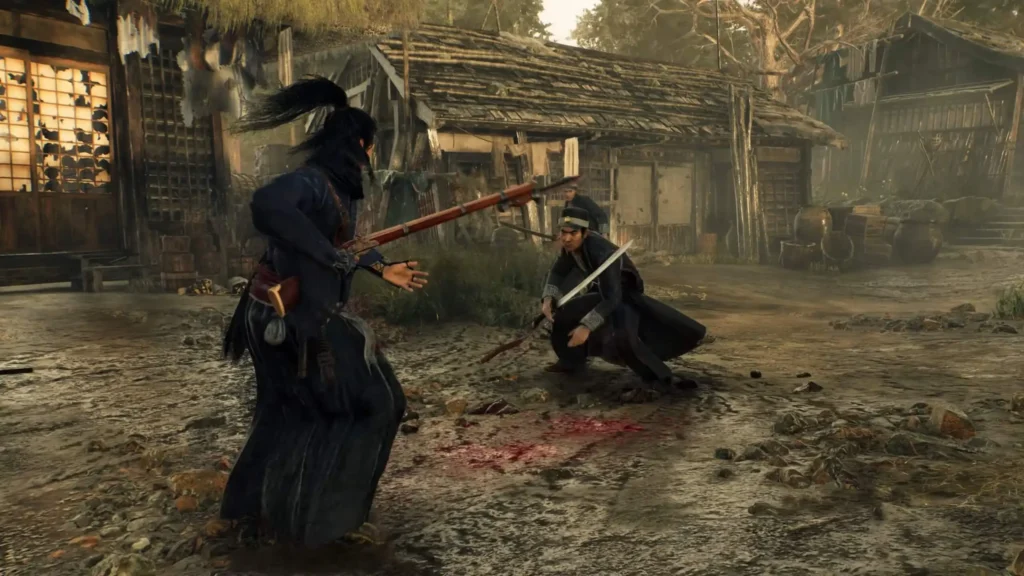
Key Takeaways from the Rise of the Ronin review
| Pros | Cons |
|---|---|
| Deep, character-driven storytelling | Initial graphics may not impress |
| Engaging combat system that rewards mastery | Steep learning curve in early gameplay |
| Dynamic “Bond” system enriches the narrative | Some open-world elements feel outdated |
| Versatile fighting styles and strategies | Repetitive missions and activities |
| Meaningful side quests and character development | Frustrating control scheme requires adjustment |
Is Rise of the Ronin worth it?
It is a tricky one to write the review for the Rise of the Ronin, at least for me. At first glance, Rise of the Ronin might not dazzle with its graphics, especially when juxtaposed with other contemporary titles. The visual presentation, while competent, doesn’t immediately stand out, suggesting a game that might rely on traditional strengths rather than pushing technological boundaries. However, as the journey unfolds, the game’s true colors shine through its gameplay and storytelling, which evolve to captivate the player deeply.
In my initial 10 hours, I found myself skeptical, navigating through what felt like a sea of familiar tropes and a combat system that seemed more punishing than rewarding. Yet, the narrative began to weave its intricate threads, drawing me into a world of samurai honor and tumultuous political undercurrents. The “Bond” system stood out as a unique mechanic, fostering relationships and crafting a narrative tapestry that felt both personal and epic.
The gameplay in Rise of the Ronin truly flourishes as you delve deeper. What initially appears as a complex and, at times, frustrating combat system, gradually reveals itself as a richly rewarding, strategic dance of blades. Mastery over the varied fighting styles and the strategic use of the Counterspark parries turns each duel into a thrilling confrontation, where victory feels earned.
Is Rise of the Ronin difficult?
However, it’s important to address the game’s learning curve, which might deter players early on. The unconventional control scheme and the brutal difficulty spikes in initial boss fights pose significant challenges. These elements, combined with the less-impressive initial graphical presentation, might lead some to prematurely set the game aside.
Yet, those who persevere will find a richly rewarding experience. The combat system’s depth, the engaging character-driven narrative, and the satisfaction of mastering the game’s nuances make Rise of the Ronin a journey worth taking. The game’s slow start is a mere preamble to the engaging saga that unfolds, making the investment of time and patience significantly worthwhile.
Is Rise of the Ronin open world?
While the game has its flaws—such as some open-world activities feeling dated and a handful of repetitive mission structures—the overall experience is one of profound engagement and accomplishment. Rise of the Ronin demonstrates that a game need not rely solely on graphical prowess to deliver a compelling and immersive experience. The depth of its gameplay, the strength of its storytelling, and the complexity of its character interactions all combine to create a memorable adventure that gets better with every hour spent.
In conclusion, Rise of the Ronin is a testament to the power of slow-burn gameplay progression and narrative depth. It’s a reminder that, in the world of video games, the most gratifying experiences often come to those who wait. The journey from skepticism to admiration was a long one, but by the end, I found myself eager to dive back into its world, further explore its stories, and master its challenges. Rise of the Ronin may start slow, but it builds into an epic that’s well worth the commitment.

Pingback: Your Ultimate Guide to Rise of the Ronin - GamerScroll